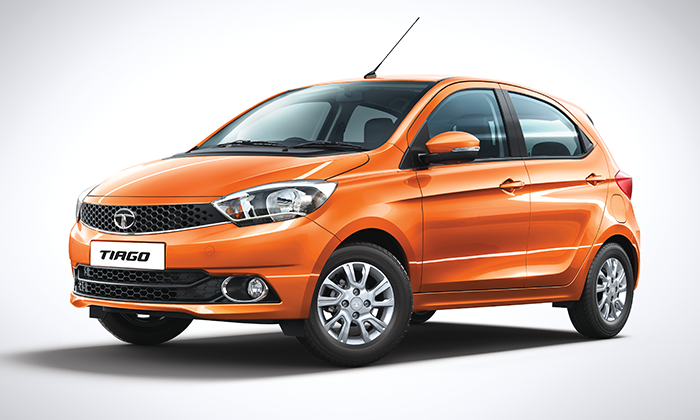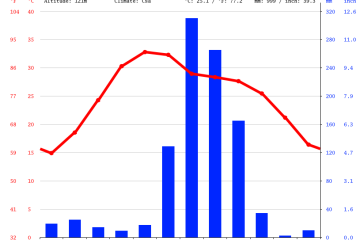Tata Tiago: Price Update After GST Implementation

Introduction
The Tata Tiago has made headlines in the Indian automotive market due to its competitive pricing, fuel efficiency, and modern features. With the Goods and Services Tax (GST) reform implemented in July 2017, the automobile sector has experienced significant shifts in pricing. Understanding the price structure of the Tata Tiago post-GST is crucial for potential buyers, as it reflects changes in tax rates and offers insights into the value for money in the current economic climate.
Current Pricing of Tata Tiago
As of 2023, the Tata Tiago is positioned as an affordable hatchback with updated pricing reflecting the GST regime. Depending on the variant chosen, the prices range from approximately ₹5.39 lakh to ₹7.64 lakh (ex-showroom prices). The tax structure under GST has enabled a reduction in some variants, making it more accessible for the average consumer. The effective GST rate on passenger vehicles like the Tata Tiago is 28%, plus an additional cess, leading to altered pricing strategies by manufacturers.
Impact of GST on Automobile Pricing
The introduction of GST has generally reduced the tax burden on several products, including automobiles. The overall transition to a single tax system has helped streamline manufacturing costs and distribution, resulting in competitiveness among car manufacturers. For Tata Motors, the GST has allowed them to offer a more appealing price point on models like the Tiago, which in turn enhances sales potential in a market searching for cost-effective automotive solutions.
Conclusion
In conclusion, the Tata Tiago remains a front-runner in the segment of affordable hatchbacks, particularly after the adjustments reflective of GST implementation. As the market continues to evolve, prospective buyers are encouraged to keep an eye on fluctuating prices and incentives offered by dealers. With its refreshing design and feature offerings, combined with a compelling price point, the Tata Tiago stands as an attractive model for first-time car buyers and urban drivers alike. Looking ahead, as the country adjusts to new economic realities, the automotive sector is likely to witness further changes in pricing dynamics influenced by government policies and consumer preferences.









